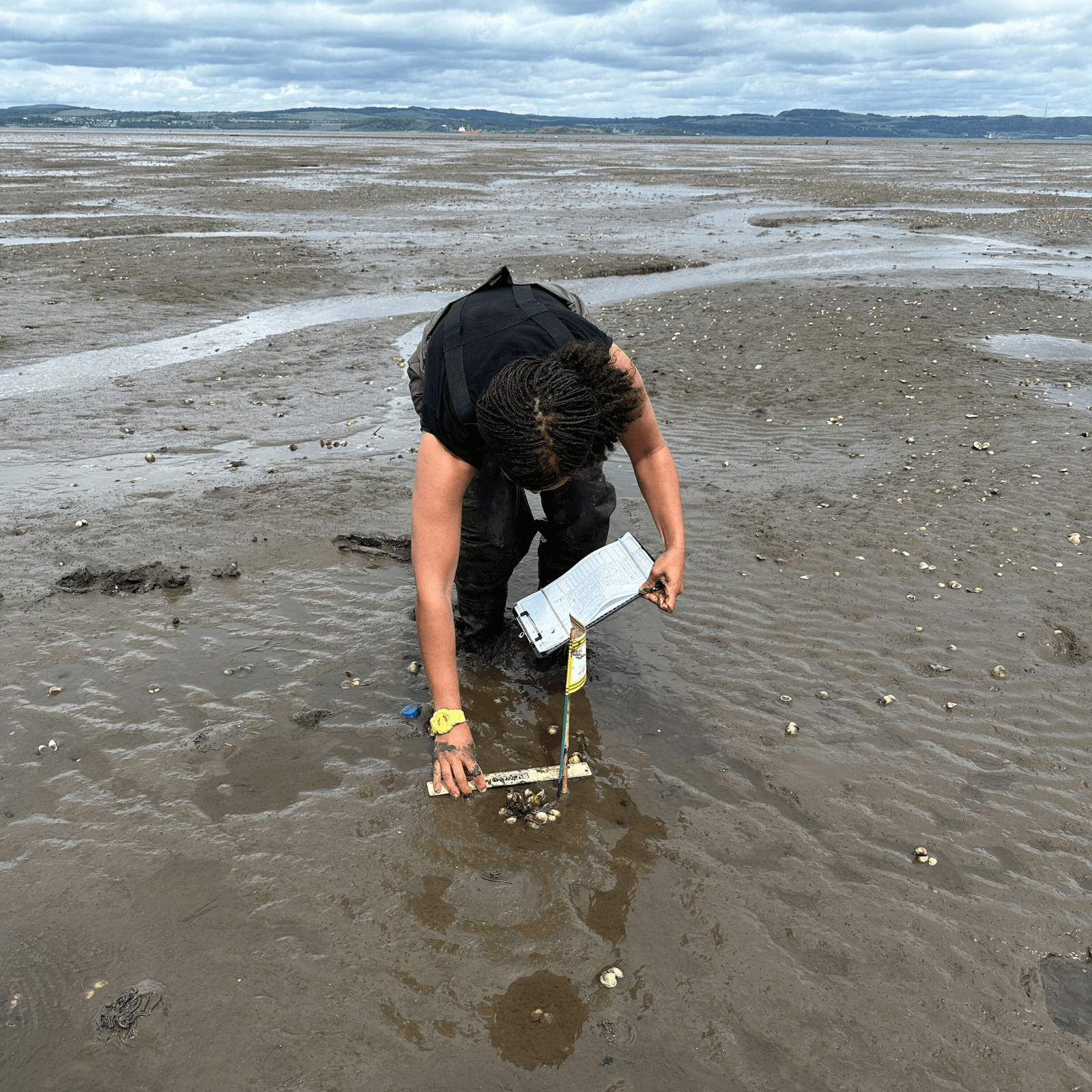Seagrass Ocean Rescue Volunteer Profile: Bob

As our 2024 seagrass seed collection in North Wales draws to a close we spoke to Seagrass Ocean Rescue volunteer Bob Pethers about his experience of volunteering as part of the project. Tell us a little bit about yourself: I’m Bob Pethers, originally from London but have lived and worked in North Wales for 40 years. I have taken early retirement from the NHS and currently volunteer with North Wales Wildlife Trust and Project Seagrass. How did you first get involved with the seagrass restoration community project? At the end of a Shoresearch rocky shore survey for the North Wales Wildlife Trust we were given a short presentation on seagrass restoration and I realised immediately that this combined my concern for the health of our seas with my enthusiasm for gardening! I ended up on a seagrass monitoring course run by Project Seagrass, and the rest is history. What are your hopes for this restoration work? That it makes a difference to the health of our seas, and it will! What inspired you to get involved, what drives your commitment to this cause? I jokingly say that I’m involved in seagrass restoration purely out of self interest as one of my hobbies is sea fishing, and healthy seagrass meadows lead to healthy fish populations! In reality I’ve always been concerned about the environment and nature and considered myself an environmentalist from when it really wasn’t fashionable. Looking back I realise we could have done more (hindsight is a wonderful thing), but still proud of our efforts to find peat free compost 30 years ago! Now I have the opportunity to make a difference around my local shores, and the thought of thriving seagrass meadows in the future drives me forward on those cold and rainy spring tides. What does it mean to you to spend time in nature, what do you feel nature provides you with? Being in nature enhances my physical and mental health, nothing can beat being in the moment. What seagrass restoration activities have you taken part in? After agreeing a planting area with Project Seagrass, I started off collecting fragments at Porthdinllaen and planting these (after cleaning off other lifeforms and soaking in fresh water for 24 hours) at Traeth Crugan. This has continued with various tweaks to the methodology through research and discussion and evaluating the success rates. Now I concentrate on the big spring tides and planting on mass to maximise success, and on the last survey this year’s plantings had an encouraging 56% success rate. Inevitably I was talking to the Project Seagrass team a lot, and ended up helping with the seed planting (sacks, seed balls and injection), monitoring, and have just completed the circle by snorkelling at Porthdinllaen for seagrass seeds! What part of this restoration work are you most proud of? I’m most proud of all the other volunteers I meet over the course of the year. Their enthusiasm is both inspiring and heartwarming. The Seagrass Ocean Rescue Project is managed by WWF, in partnership with Project Seagrass, the North Wales Wildlife Trust, Pen Llŷn a’r Sarnau Special Area of Conservation (SAC) and Swansea University. The project is made possible with support from funders that include the National Lottery Heritage Fund, Garfield Weston Foundation, and the Moondance Foundation. Principal Funders Partners
Project Update: Restoration Forth | July 2024

Restoration Forth aims to restore seagrass meadows and native oysters into the Firth of Forth, to create a healthier coastline for people and nature. Find out more about the project here. Seagrass – the outcome of monitoring Back in March, 128 volunteers helped Restoration Forth plant more seagrass seeds along the Firth of Forth. The team and volunteers have been keeping a close eye on their growth. A HUGE thank you to all the passionate and dedicated volunteers for your time! Although we don’t have the full picture yet, fewer shoots have emerged than we hoped, so we are working to understand why. We know the nature of restoration projects can be challenging, but what we’ve learned through this process has been incredibly helpful. We’ve also been trialling the transplantation of dwarf eelgrass cores – by transplanting cores (seagrass with the sediment) from established meadows to adjacent bare sediment. With this method we are hoping to extend the current seagrass area in the Firth of Forth. This year we have transplanted 400 cores, and last year we have transplanted 480 cores. This method seems to be working well, and we’ll be monitoring them more closely in coming months. Keep your fingers and toes crossed! Oysters We recently launched our new citizen science resource and are running some training events in our oyster citizen science activities in the coming weeks, including some family friendly sessions aimed at getting young people involved in citizen science. You can find the activities and all the information on how to take part on the webpage here under ‘Help Restore the Firth of Forth’. As we start to near the end of summer it is time to think about our next oyster deployments. We aim to release a further 10,000 oysters into the Firth of Forth in Autumn, so keep an ear out for opportunities to be involved in our biosecurity days soon.


